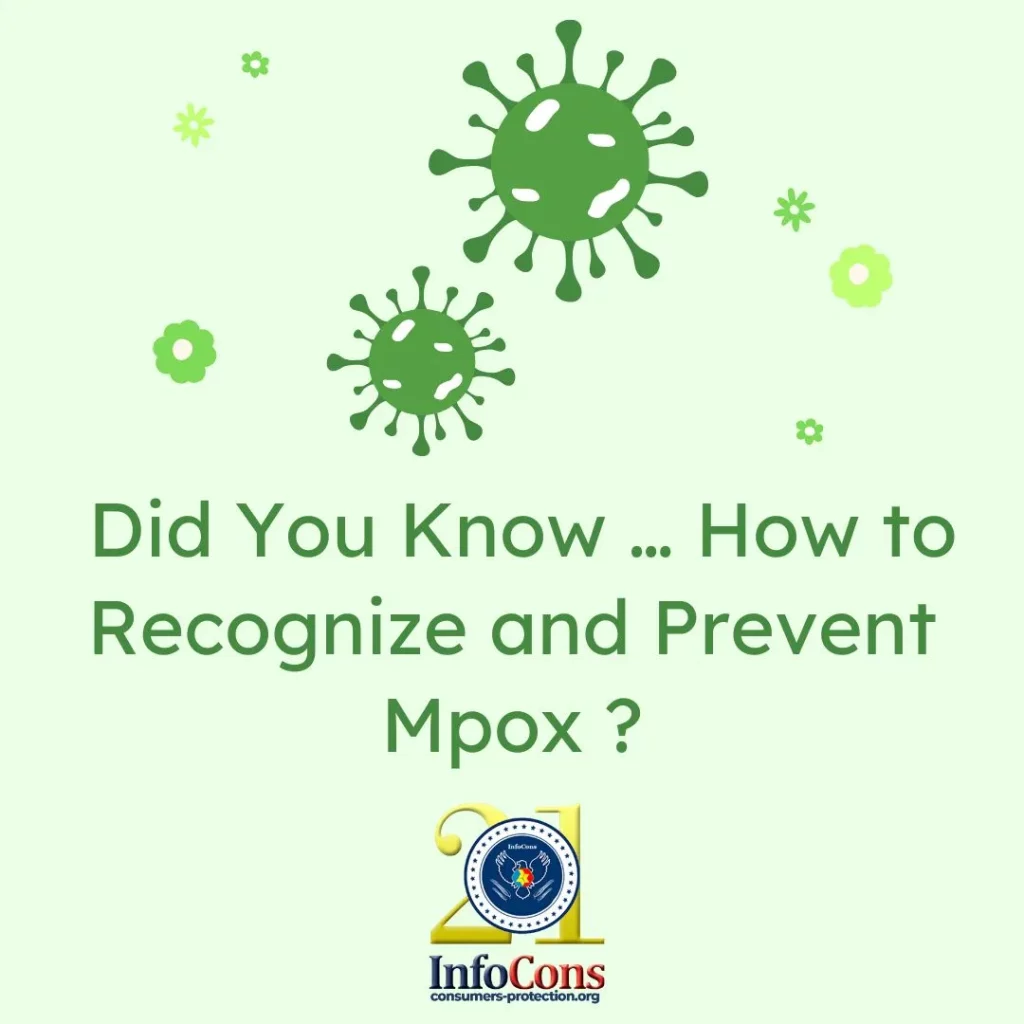
Mpox, a viral infection that can affect anyone, has been a growing health concern in recent years. While it can be contracted by anyone, certain groups are at higher risk. In this article, we’ll break down the essential facts about mpox, including its transmission, symptoms, and ways to protect yourself and others.
Who is at Higher Risk for Mpox?
While anyone can contract mpox, some individuals are at greater risk due to their proximity to someone who is infected or through certain activities. People at higher risk include:
- Family or household members of someone with mpox
- Healthcare workers who come into contact with patients
- Individuals with multiple sex partners
- Sex workers and their clients
Read also : EU Exports and Imports of Services Reach New Heights , According to Recent Data
Understanding these risk factors is essential for prevention, especially in environments where close contact is frequent.
How Mpox Spreads: Close Contact is Key
Mpox spreads primarily through close contact, both direct and indirect. The following methods are common ways the virus is transmitted:
- Skin-to-skin contact, such as touching or through vaginal/anal sex
- Mouth-to-mouth contact, including kissing
- Face-to-face exposure, such as talking or breathing near someone with mpox
- Mouth-to-skin contact, like kissing or engaging in oral sex
- Indirect contact with contaminated bedding, towels, clothing, or objects
These modes of transmission highlight the importance of minimizing close contact with those who are infected, especially during an outbreak.
Read also : The EU’s Shift Towards Greater Sustainable Competitiveness
Recognizing Mpox Symptoms
The most noticeable symptom of mpox is a rash that can appear anywhere on the body. However, the rash often starts along with other flu-like symptoms, including:
- Fever
- Swollen lymph nodes
- Sore throat
- Headache
- Muscle aches and back pain
- Low energy
Symptoms typically begin within 1 week of exposure, but some individuals may not show any symptoms at all. For most people, symptoms last 2–4 weeks, but the duration may be longer for individuals with weakened immune systems.
Read also : How to Shop Smart and Sustainably During Sales
What to Do If You Suspect You Have Mpox
If you experience any of these symptoms, especially after known exposure to someone with mpox, it’s crucial to contact your healthcare provider immediately. Early detection and guidance are important for managing the infection and preventing its spread.
Prevention and Awareness are Key
While mpox may sound alarming, understanding how it spreads and recognizing the symptoms can significantly reduce your risk. By staying informed, practicing safe behaviors, and reaching out to healthcare professionals when necessary, you can protect yourself and those around you from this infectious disease.
Source : World Health Organization
InfoCons – European Organization for Consumer Protection and Promotion of Programs and Strategies , a full member of the World Organization Consumers International, founding member of the Federation of Consumer Associations, and member of ANEC .